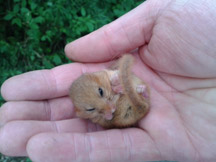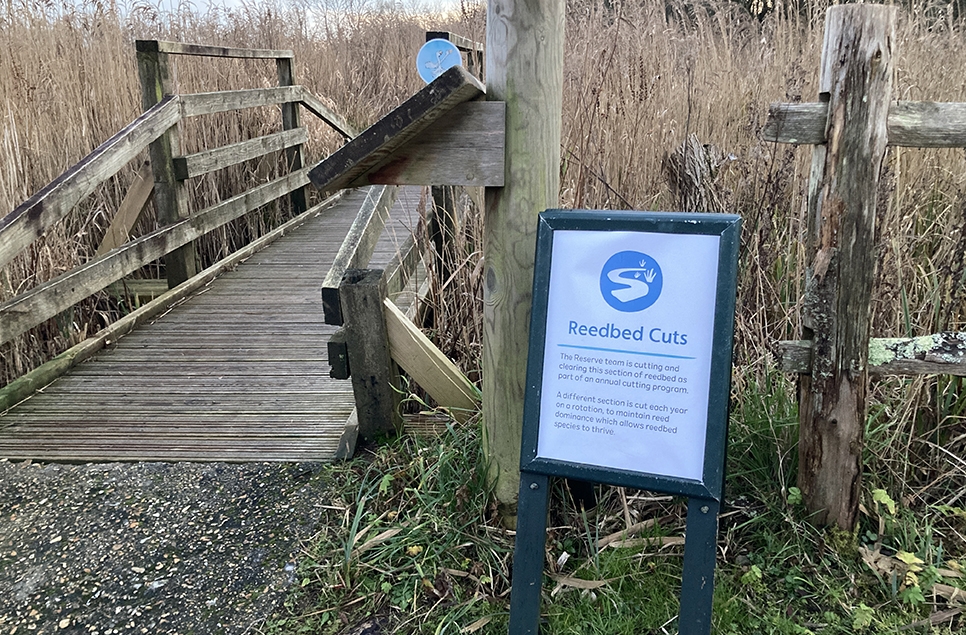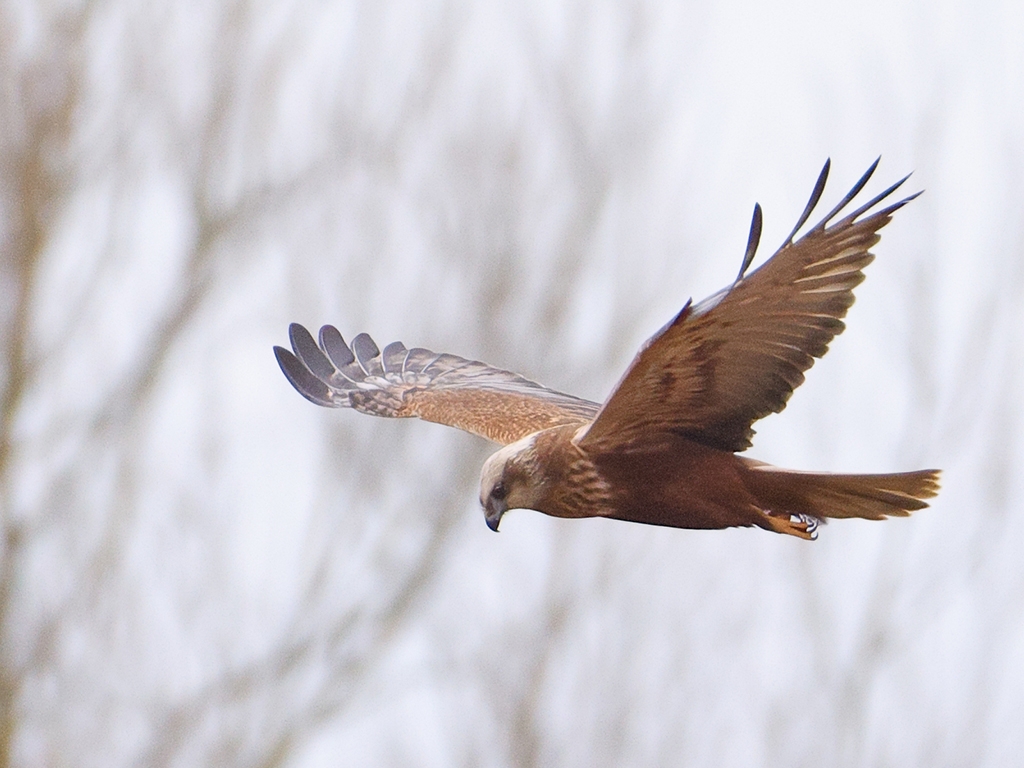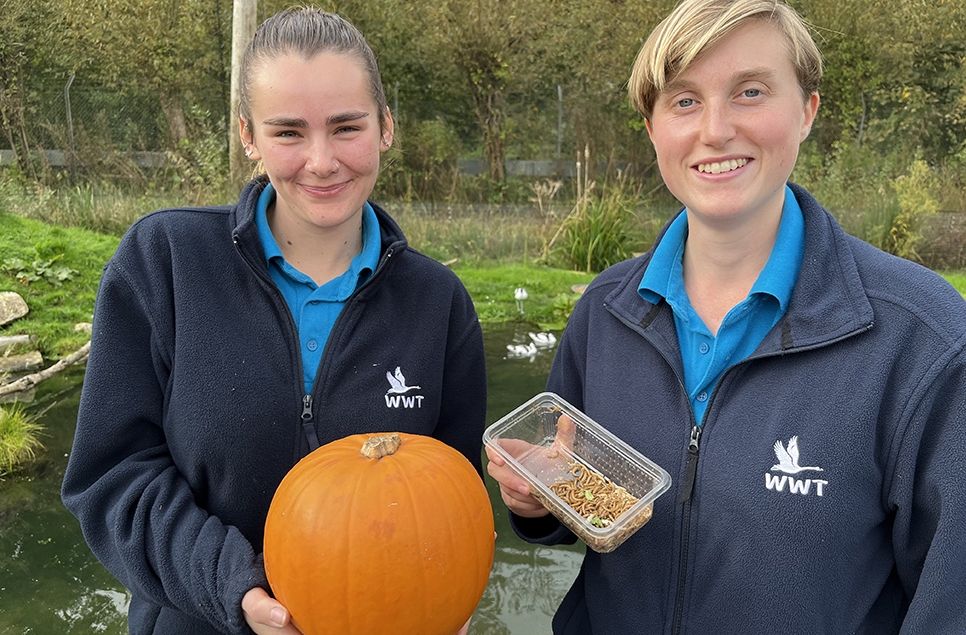Dormouse survey shows the success of Arun Riverlife
More dormice have been recorded at WWT Arundel Wetland Centre this October than in any month in the past two years. A recent survey of nesting boxes at the wetland reserve found four live dormice and 8 dormice nests inside the 61 nesting boxes onsite. Two of the dormice found were nesting in boxes on the edges of the recently completed Arun Riverlife project.
WWT Arundel Wetland Centre Manager Dave Fairlamb said: “It’s great news that wildlife like dormice are moving back into the revitalized habitats of the Arun Riverlife project so quickly after the project was finished last June.”
Work on the Arun Riverlife project involved cutting trees close to some hedgerows where dormice nest and this work was licensed by Natural England. In the UK the dormouse has been protected since 1988 by the Wildlife and Countryside Act 1981. During the tree work, licensed dormice handlers on the WWT Arundel team did daily hand searches of sections to be cut to ensure no dormice were in these zones.
WWT warden Sam Halpin said: “Our dormouse surveys don’t give us exact population numbers because all the dormice on the reserve do not nest in our boxes. Most build their own nest balls of leaves and grass inside the hedgerows.”
Checking the nesting boxes every month gives the team at WWT Arundel numbers for comparisons over months and years to get a general idea of how healthy and numerous the dormice population at WWT Arundel is at anytime. When the WWT wardens find a dormouse in a nest box, they weigh it and determine if it is male or female. The survey in October was the last one of the year. Dormice hibernate in the winter and wardens leave them to sleep. The dormouse surveys will resume next April.
Arun Riverlife Project Background
The Arun Riverlife project restored the main lagoon in front of the visitor centre to a natural wetland in keeping with the River Arun floodplain and water meadows that once characterised the region. This major undertaking involved removing trees to open up views, improve flight-lines and reduce perching opportunities for predators. The lake was drained, hundreds of fish and eels were relocated, and tonnes of silt were excavated. A new water control structure was installed and the area was extensively landscaped and re-planted.
This work has created a rich mosaic of wetland habitats designed to increase biodiversity, including wet grassland, ditches, lagoons and a reedbed, along with an artificial kingfisher nesting bank.
This will enable more visitors to enjoy the spectacles of their local wetlands throughout the seasons – a chance to spot kingfishers, terns and even water voles in comfort while enjoying a coffee. Visitors will have close views of the more secluded habitats and their wildlife, and can learn wildlife observation and identification skills in the new Discovery Hide.
Arun Riverlife Project Timeline
Feb 2012: Large fish were removed from the lake.
June 2012: The large willow trees around the lake were cut back and more hedgerows were planted as habitat for dormice.
Oct 2012: WWT Arundel and the Environment Agency captured and moved over 200 eels from the lake in October 2012 in preparation to drain the lake.
March 2013: Earth movers began re-landscaping the lakebed after a very wet winter made draining the lake difficult, delaying the project slightly.
May 2013: The Arun Riverlife Discovery Hide constructed and decorated.
June 2013: Island areas planted with sections of reed and sedge and sown with Wetland Plants.
The Arun Riverlife project was generously supported by:
The Banister Charitable Trust
Biffa Award
Marion Davis
The D’Oyly Carte Charitable Trust
Mr and Mrs L Ralph
Winifred Eleanor Rowden in memory of her son Michael John Rowden
Nicholas Sherwin
South Downs National Park Authority
The Tanner Trust
The Montague Thompson Coon Charitable Trust
Hazel Trapnell
The Constance Travis Charitable Trust
The Vandervell Foundation
The Albert George and Nancy Caroline Youngman Trust managed by Equity Trustees



